#supportingethicalbrachycephalicbreedersHow is it that so many animal rights activists and experts of the 21st century can be so short sighted and misinformed? Did you know that the Dutch kennel club has banned the registration of brachycephalic breeds when bred to the original breed standards? While the intent is an effort to breed healthier dogs, their attempt to destroy this ancient breed will not solve health problems as we will discuss in this blog. "The implication that all brachycephalic breeds are inherently unhealthy is completely incorrect." -- Dr. Maryanne R Mack DVM So, let's begin by addressing some of this misinformation. Let's start at the beginning. Dolichocephalic breeds (such as Greyhounds, Collies, Setters, Dachshunds, Italian Greyhounds, Great Danes) are those with extremely long skulls. Mesaticephalic or mesocephalic ('middle-headed') breeds (Dalmations, Beagles, Border Collies, Norwegian Elkhounds, English Springer Spaniels, Yorkshire Terriers) involve the length and width being equal, giving a square shape. Brachycephalic breeds (Pugs, French Bulldogs, Boxers, Cavalier King Charles Spaniels, Pekinese, Tibetan Spaniels) make up some of the most popular dogs in the United States and can be identified by their shortened snouts or faces that appear flat and, as a result, have smaller airways. The term Brachycephalic originates from the Greek words "short" and "head". The nose doesn't know. The Dutch kennel club believes that by adding a requirement for brachycephalic breeds to have a longer muzzle, the breed will improve in health. They are wrong. Not only will this NOT prevent BOAS issues such as elongated soft palates, the pug will now also have a greater chance of suffering from nasal diseases and nasal cancer. Yes, those dolichocephalic breeds with longer snouts actually have a greater chance of suffering from nasal diseases like aspergillosis, influenza, nasal cancer, and oronasal fistula. With the Dutch kennel club's ban, the world has also lost access to some of the most amazing, health screened, healthy, breed standard pugs. These incredible (and healthy) pugs were bred by a very conscientious breeder in the Netherlands . . . . One of the world's best pug breeders of the 21st century, who embraces breed standard plus health screening and modern science is now fined a sum of money if she breeds a pug to the breed standard which essentially shuts down any preservation breeder (who don't make money in the first place --- if breeding is done correctly with health testing and all that is involved. And no pug can be registered if it does not have a muzzle of specified length (thus no longer a pug). To avoid paying fines, her pugs would now need to look like mutts . . . With these poorly researched government policies, these seemingly well-intentioned yet misinformed politicians and activitists have not only destroyed an ancient breed but also filled the world with more ugly mutts who STILL have breathing problems. Here's the thing! A dog can have a longer muzzle and still have problems with breathing. A dog can have a longer muzzle and still have problems with breathing. Most of the issues involving breathing problems can NOT be seen from outward appearance." Most of the issues involving breathing problems can NOT be seen from outward appearance, aside from tight nostrils. (Stenotic nares ....) There are many issues involving BOAS and simply adding a longer snout will not fix them. Let's explore what causes BOAS issues. BOAS (Brachycephalic Obstructive Airway Syndrome) Brachycephalic = Shortened Foreface (see above) Obstruction = Any obstruction narrowing or blockage Airway = the route from the outside via the nose/mouth through the back of the throat larynx and pharynx to the lung via the windpipe or trachea to the small airways. Syndrome = combination of the above. Beyond the stenotic nares (or really tight nostrils), some other components of BOAS involve an elongated soft palate and a hypoplastic trachea. THERE ARE NO STUDIES that prove that these issues are directly related to the length of the nose. Some genes can write a thicker/bigger tongue or a more tight throat, but you see this with ALL breeds (even mixed-breeds), not just Brachycephalic breeds. Yes, sometimes these things are found more often with brachy breeds, but THERE IS NO PROOF THAT THESE ISSUES ARE DIRECTLY RELATED TO THE LENGTH OF THE NOSE. Elongated soft palate is related to different genes that are writing for the length of the soft palate. Elongated soft palate is not related to the length of the skull. Elongated soft palate is not related to the length of the skull. Elongated soft palate is related to different genes that are writing for the length of the soft palate." Let's apply some common sense. You can find long soft palates in dogs with long noses, such as Labradors or even in mixed breed dogs. IT'S NOT JUST A BRACHYCEPHALIC ISSUE. As Dr. Maryanne R Mack DVM explains "The implication that all brachycephalic breeds are inherently unhealthy is completely incorrect. These breeds have recently become the target of animal rights activists and many veterinarians. As a veterinarian, I see healthy and unhealthy dogs every day; these are of varying breeds, and currently, mostly designer or mixed breeds. To target brachycephalic dogs as unhealthy falls short of understanding the big picture." "Doliocephaly is not a recipe for health, just as brachycephaly is not a recipe for illness. Many dolichocephalic breeds are plagued with cancer at rates far exceeding what should ever be considered acceptable." As mentioned earlier, breeds with longer skulls also deal with more with nasal cancer, oronasal fistula (an infection creating a hole in the roof of the mouth), and are more likely to suffer from nasal diseases (aspergillosis, influenza etc.). "The brachycephalic dogs that I see", Dr. Mack continues, "in most cases, do not suffer as a result of their anatomy." We have a perfect example when comparing our 1st bred by champion pug, Macintosh (CH Peachtree's Hill Country Mighty Macintosh, TKN), to our rescue mixed-breed big dog (with a long nose, long muzzle) Jerry, who is a German Shepherd/Chow/Lab mix. Our first bred-by pug, Macintosh, is able to hike in summertime heat. He actually breathes better than our rescue German Shepherd/Chow/Lab mix. Here is Macintosh on a summertime hike. Do you see any panting? His human was, but not the pug! While Macintosh enjoyed hiking along, we have to stop constantly with Jerry to offer the dog with the nose water, cooling jackets, and let him rest. One summer at a dog show in Tampa, Florida, the AC broke in the large building. The temperature quickly rose and many exhibitors began to give up and leave. It truly was hot. We put a Ziplock bag with ice in Macintosh's show trolly and turned his little fan on. He was fine. Other big dogs "with noses" were having to leave ... even though they had fans and ice as well. It was the dogs WITH "the noses" who were fleeing the building ...not our pug. Adding a longer muzzle will not fix the problem. Preventing unethical breeders from continuing with poor breeding practices is the only thing which will fix the problem. Ruining an ancient breed by changing its outside appearance will not improve breathing. The end result will be ugly dogs who look like mutts who still can't breath, and this amazing, ancient breed would have been destroyed for no reason. Here is Dr. Maryanne R Mack DVM complete article (below). Hopefully, the recent BOAS health screening tests will allow Dutch breeders to once again register pugs (pugs who look like pugs, not mutts) and prevent future bans globally. These health screening tests are not anything revelatory or earth shattering. They're common sense. They are what ethical breeders have done for generations and hundreds of years. (Ethical breeders do not breed a pug who does not breath well. End of story. They examine parents, grandparents, offspring. They use common sense.) What the tests will do, or could do potentially, is prevent unethical breeders from being able to continue to harm the breed and perhaps educate less experienced breeders giving everyone involved a more tangible means of assessing BOAS concerns. Here is the article by Dr. Maryanne R Mack DVM : "As a veterinarian and breeder of two brachycephalic breeds (Boston Terriers and Pugs), I feel obligated to make a statement regarding the recent Dutch kennel club decision to ban the registration of brachycephalic breeds when bred to the original breed standards. I understand the intent of this notion is to aim to breed healthier dogs, however, the target is misaligned and the execution abhorrent. The implication that all brachycephalic breeds are inherently unhealthy is completely incorrect. These breeds have recently become the target of animal rights activists and many veterinarians. As a veterinarian, I see healthy and unhealthy dogs every day; these are of varying breeds, and currently, mostly designer or mixed breeds. To target brachycephalic dogs as unhealthy falls short of understanding the big picture. Doliocephaly is not a recipe for health, just as brachycephaly is not a recipe for illness. Doliocephalic dogs suffer severe health conditions as well, yet AR activists and veterinarians turn away and target brachycephalic dogs. Many dolichocephalic breeds are plagued with cancer at rates far exceeding what should ever be considered acceptable. I have diagnosed 6 month old dogs with neoplasia, euthanized far too many 4-6 year old dogs from metastatic neoplasia to count, and comforted owners who just can’t understand why every dog of X breed that they have just doesn’t live long enough. Yet somehow this is deemed acceptable and targeting of brachycephalic dogs for a structure that, in the majority of cases, does not limit the ability to live a long, happy, full life. The brachycephalic dogs that I see, in most cases, do not suffer as a result of their anatomy. I see a range of quality in these dogs from backyard bred, puppy mill bred, rescue, to preservation breeder produced dogs. By far, the dogs bred by preservation readers are healthier overall, yet in a very large practice, I have maybe 1-2 patients who have airway disease that limits their function. These patients are older, from poor breeding programs, and have outlived their life expectancy and are starting to struggle. This is no different from an older sporting dog who has life limiting osteoarthritis as a result of years of running, hiking, and doing the job it was created to do. These dogs are also suffering at times, yet AR groups don’t see them as a target. Understanding the limitations of breeds is important; just as you would not encourage a heavy coated nordic breed to go for marathon length runs in summer heat, recommendations for individual dogs need to be catered to that breed’s original purpose. As a veterinarian, it is my role to help to educate clients on breed specific issues and purposes. This is why we have purpose bred dogs. Most brachycephalic breeds have been bred for companionship, and this is a job they do incredibly well. To alter the breed standards and registration requirements such that you mandate they be bred to resemble sporting dogs is to destroy hundreds, sometimes thousands, of years of preservation breeding. This is simply meant as an opinion piece based on my years of involvement in breeding and exhibiting of two brachycephalic breeds as well as my role as a veterinarian. I commonly experience backlash from other veterinarians for my choice to breed Pugs and Boston Terriers, yet in most cases, upon meeting my dogs, they come to understand how these breeds are meant to be and see how healthy they truly are. I plan, over the next few weeks, to compile a review of scholarly articles that support the fact that brachycephalic dogs are not inherently unhealthy. I would also like to conduct a research study of cases seen by veterinarians in general practice to evaluate overall health of these breeds. I welcome any colleague who is interested in joining me in developing this. I refuse to continue to see false information and biased studies cited as reasons to target an entire group of dogs that fill such an enormously important role in the world. Brachycephaly is not synonymous with illness, just as doliocephaly is not synonymous with health. I refuse to stand idly while breeders are losing their right to preserve the breeds they love." Maryanne R Mack DVM Sidestreet Kennel #supportingethicalbrachycephalicbreeders OFA testing for hips, elbows, etc. are based upon things that are pretty easy to measure. But it's a little trickier to test how a dog breaths. Is it calm? Is it stressed? Has it just exercised? What's the temperature? However, there are studies now where they are attempting to quantify grading systems, such as the one developed a few years ago at the University of Cambridge. There are 2 parts of the Cambridge study: 1) The dog is put in a chamber that measures how much air they're bringing in, how hard they're working to breath, it measures all the pressure, the oxygen, the carbon dioxide levels, and gives a good information of the dog at rest and how its moving air. 2) Then they do an evaluation of the dog at rest, how it's breathing, is it making any noise? is it having increased effort or panting? (FYI, this is what ethical breeders have done for hundreds of years). 3) Then they make the dog do light exercise for 3 minutes and then repeat the evaluation. And they grade the dog on a scale based upon the result. It is pretty exact for predicting how affected the dog is by BOAS issues. Noisy breathing usually increases when exited or exercising. Stertor (low pitched due to nose narrow or palate vibrating) and or stridor (high pitched due to laryngeal collapse) can also be affected by other factors. Is the pug overweight? Noises normally increase when excited or exercising. Snoring maybe evident during sleep. Just recently, they have now developed a similar test/BOAS screening in the USA and they are gradually training more and more vets across the country how to administer the testing. Personally, I feel like these evaluations need to have a larger scope. (Think more like the amazing and ethical preservation breeders throughout the past who have kept the breed alive over the past 2,500 years.) A broader scope would include questions such as "does the dam and sire breath well?" "Did the grandparents?" Looking laterally, "how do the siblings breath?" "Is it allergy season with a lot of pollen?" "Is the pug overweight?" "Is the pug in season?" "Did the pug just eat?" "Did the pug just travel a long distance?" "Is the pug socialized so not unduly suffering from anxiety during the testing process, travel to test site, meeting of strangers etc.?" There are a lot of factors to consider so, in my mind, one test will not solve BOAS issues. Common sense and the strength and conviction to spay or neuter a poor breathing pug is the only real answer. I'm reminded of something I observed when visiting the Hill Country pug breeders in Texas. There was a large group of young puppies in the den. They were letting the pups grow-out before deciding who would be the picks who stayed in their breeding program. One puppy made a noise (indicative of a BOAS issue). The breeder asked her husband "put a mark on that puppy" and they put a dot of fingernail polish on it to make sure it would not be considered in the mix to stay as a show dog. Standards. Guts. Professionalism. That's what it takes to create more Macintosh pugs. (Incidentally, Macintosh's sire was a Hill Country pug). A longer skull on a pug just creates a mutt who will probably have a greater chance of developing BOAS issues because only backyard breeders would choose to breed a pug that does not conform to breed standard. I've seen a judge in the ring excuse a pug because it couldn't breath. It was an air-conditioned building and, of course, the pugs are leisurely gaiting about the ring. Yes, sometimes stress and fear can cause a pug to tighten which causes a bit louder breathing but, when examining this pug outside the ring, the breathing was poor most of the time. This brings to mind that the entire 'village' -- breeders, handlers, judges, owners, vets, researchers, politicians, activists, rescue organizations -- need to work together, supporting, encouraging each other, to breed responsibly. It takes a village. The new Tracheal Hypoplasia Evaluation may not necessarily improve the breed within the realm of reputable breeders (as they already have high standards when choosing which pugs to include in their breeding program), but perhaps the concrete scores/gradings will allow for the amazing pug breeder in the Netherlands to once again register her incredibly healthy and gorgeous breed standard pugs. The Dutch Ban involves 12 Brachycephalic breeds (Affenpinscher, Boston terrier, English and French bulldog, Griffon bruxellois, Griffon belge, Petit Brabancon, Japanese Chin, King Charles spaniel, Pekingese, Pug and Shih Tzu). To those animal activists, and "Vets against Brachycephalics", think on this: how do these ancient breeds still exist among us? How have they survived since the time BEFORE CHRIST? Pugs have existed since around 551. Your organizations since 1980s. Have pugs really changed that much? Many of the "puggle" pugs you see in photographs from the Victorian era might perhaps just be poorly bred backyard puggle pugs (just sayin'). If Confucius was referring to the pug breed around 551, he described it as a "short-mouthed dog". So, the lo-chiang-sze or foo dog BRED TO BE LAPDOGS for Chinese monarchs, were most likely "short-mouthed" in their original conception. They haven't changed that much guys! Or, if you don't want to go all the way back to the 500s, let's just go back to 1759. If breeders of brachycephalic dogs over the years had NOT held high standards in selecting healthy dogs who could breath, we would not have these ancient breeds with us in the 21st century. Perhaps before jumping on band wagons, conducting unnecessary BOAS surgeries, altering breed standards, and shame blame, one might remember that these activists' hidden agenda is to ban us all from owning a dog, any dog. Keep this in mind folks. Use common sense. This is a direct quote from one of their sites: "[Our group] believes that it would be in animals' best interests if they were no longer bred to be dependent on humans ... Humans routinely subject their companions to cruel "convenience" practices ... they lock up (dogs) like prisoners in their own homes." (FYI, in our opinion at Pickwick Pugs, owners of domesticated companion pets should NOT feel guilty about crating their dogs in a responsible way.) Perhaps consider the fact that the domestic dog has been a partner with humans for at least 15,000 years and the animal domestication process started perhaps 12,000 years ago. Again, these activist groups were formed around 1980. And, if you are somehow starting to be brainwashed by these activists, perhaps you might read articles such as this one or this personal account of a former employee www.huffpost.com/entry/whistleblower-peta-employee-allegations_b_6648696 - "I was told regularly to greatly overestimate the weight of animals whose euthanasia we recorded, in order to account for what would have otherwise been missing "blue juice" (the chemical used to euthanize); because that allowed us to euthanize animals off the books. I was told regularly to say whatever I had to say in order to get people to surrender animals to me: lying was not only acceptable, it was encouraged.) "In 2019, [the group] killed 65.2% of the animals they received. Since 1998, [the group] has been directly responsible for the death of 41,539 animals." "Data collected by Virginia's state government shows that the activist group's euthanasia rates for cats and dogs at the shelter is exceptionally higher than other shelters in the state." The Washington Post reported that in 2015, the activist group "euthanized more than 80 percent of the animals in its care last year, a rate so shockingly high that Virginia lawmakers passed a bill [SB 1381] in February—nearly unanimously—to define a private animal shelter as a place where the primary mission is to find permanent homes for animals in this life, not send them on to the next." Again, we'll save this for a future blog post. But, regarding the Norwegians and Dutch, perhaps they should research a bit more before eliminating ancient breeds. I guess it just boils down to the fact that the people in these countries don't have common sense. Somehow it must have been bred out of them. Testing might help with the naysayers and, to a degree, assist breeders in restrictive countries, but BOAS is complex, progressive, and unpredictable and can change over the course of a dog's lifetime. BOAS is complex, progressive, and unpredictable and can change over the course of a dog's lifetime. " BOAS appears to be more prevalent in those dogs which are overweight with heavy short necks and narrowed nostrils. That's one reason we always look for a pug with a beautiful neck and open nares when choosing the pugs we will include in our breeding program at Pickwick Pugs. We never breed a pug who has obvious breathing problems and makes a lot of noise in breathing. We re-evaluate regularly. Once the testing becomes available we will add the tool to our toolbox, but more as a means to add more data and concrete proof of our assessments and perhaps contribute to the development of future testing with additional data. In the European countries utilizing the evaluations, it is recommended to do the assessment at 12 months and then every 2 years thereafter until breeding stops but the Cambridge study recommends yearly assessment from 1 year until they are stable (usually around 5 years of age). The grading is typically along this line but, just as with OFA hip screening, susceptible to the individual assessor (some vets grade more strictly or, with hips, compare pugs to other breeds who are built entirely differently). Grade 0 = the dog is clinically unaffected and is currently free of respiratory signs of BOAS. Grade 1 = the dog is clinically unaffected but does have mild respiratory signs linked to BOAS. These signs do not affect their exercise performance. Grade 2 = the dog is clinically affected and has moderate respiratory signs of BOAS that should be monitored and may require veterinary treatment. Grade 3 = the dog is clinically affected and has severe respiratory signs of BOAS and should be seen by your own vet for a thorough veterinary examination with treatment. We do not recommend that you breed from your dog. Again, these tests are common sense and basically preservation breeders have been doing already for centuries. Yet, now, the ethical breeders will have to pay even more money, making breeding even less feasible, in a futile attempt to weed out the unethical/inexperienced breeders. But that's how much preservation breeders care about the breed they are preserving. I have to wonder if these tests will truly reveal something that an experienced, ethical breeder doesn't already know. Breeders do not need to hide behind these health screenings." Breeders do not need to hide behind these health screenings, though. I'll probably catch some flack for saying this and, really, this is topic for another blog post in itself ... addressing breeders who do the testing, get a chic number, but still breed dogs who are not worthy.
"Bad hips? Worst possible OFA score? Breed anyway!" (Yes, breeders have personally told me this.) The same thing can happen with BOAS screening. Another concern would be if a breeder rested on the laurels of a good score when the pug was younger, but did not retest a year later. A pug who received a grade of 0 or 1 at age 1 would need to be retested again annually throughout the breeding life of the dog. Even if these tests are used responsibly, they STILL cannot guarantee that a puppy from two unaffected parents will be free from BOAS. At some point, these tests in themselves will irradicate these ancient breeds, though, if the activists don't first, because the ethical, smaller hobby/show preservation breeders simply cannot afford all of these health tests. Perhaps if the activists really cared, they would start paying for these health tests. That would be the best solution. One last thought. The problem pugs with the BOAS issues are primarily bred by backyard breeders, not by ethical preservation breeders. Dr. Mack mentioned that approximately 95% of pugs she dealt with who had breathing issues had been purchased from a backyard breeder or pet store. Backyard breeders do not do health testing. Any health testing. These are the pugs that need the screening, so how will the tests aid in preventing backyard breeders from including poor breathers in their breeding programs? The big picture has to be even bigger. One thing that IS certain however is that changing type and breed standard (by "adding a snout") is not the answer. Again, using common sense, look at ALL of the pugs produced by backyard breeders who have long noses -- the puggle type pug -- who are still bad breathers! Testing in it and of itself is not the answer. Education and ethical preservation breeders working together is the answer.
0 Comments
WOW! What a bombproof little showgirl Tory is turning out to be. At just 6 months, she held her own in the ring with 29 other major pugs from all over the country. She won her 1-9 puppy class each day and held her stacks like a pro. Most importantly, she honestly had so much fun! Robert had fun preparing for Rally Obedience (he's not quite ready to compete yet, though), and just having a chance to be away from home and the 'only boy'. He and Tory both enjoyed the hotel room and time to relax in between shows. And thank you so much to Gary Williams, the President of the Pug Dog Club of America for your help in evaluating the puppies. We appreciate your input and learning opportunity so very much .... we also appreciate all you do for the Club. The pups met so many people on the trip and had a blast. |
AuthorAmy - Concert pianist, composer, lecturer, teacher, adjudicator, pug lover, dog trainer, soap and candle maker, PawTree Pet Pro, and co-owner Pickwick Pugs along with her husband, Dr. Jeff McLelland who is a concert organist, music director. Archives
April 2024
Categories |
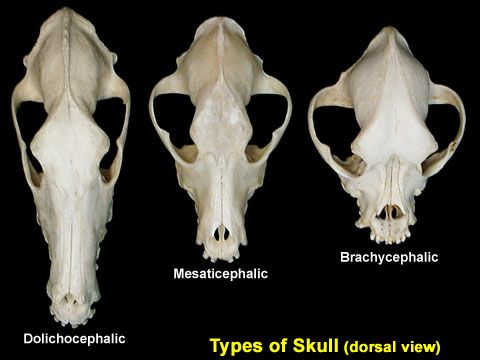

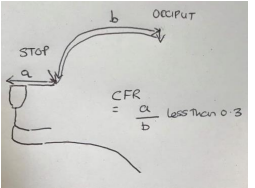

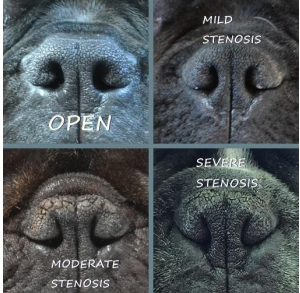
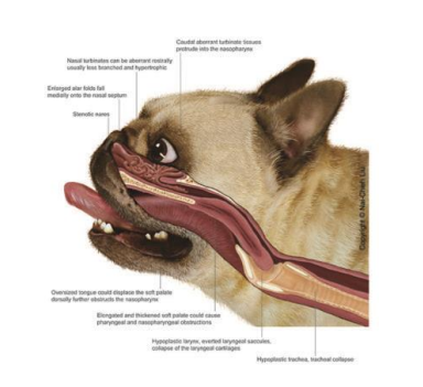

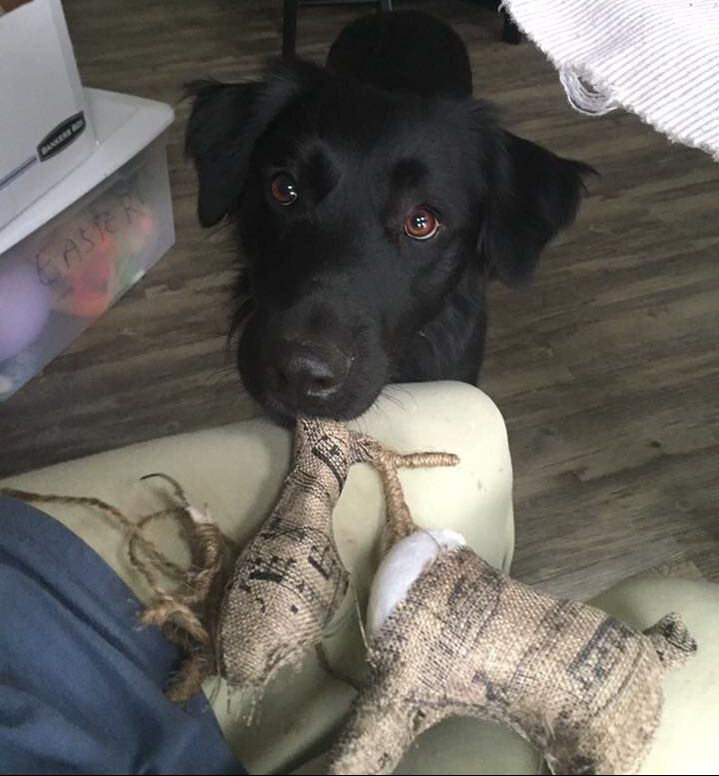
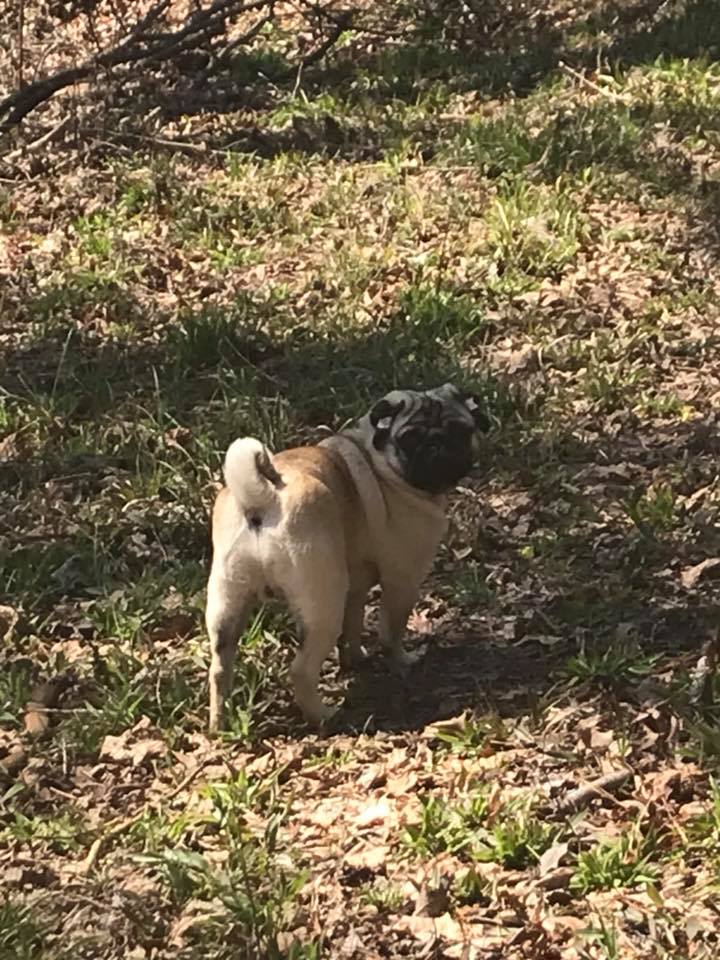
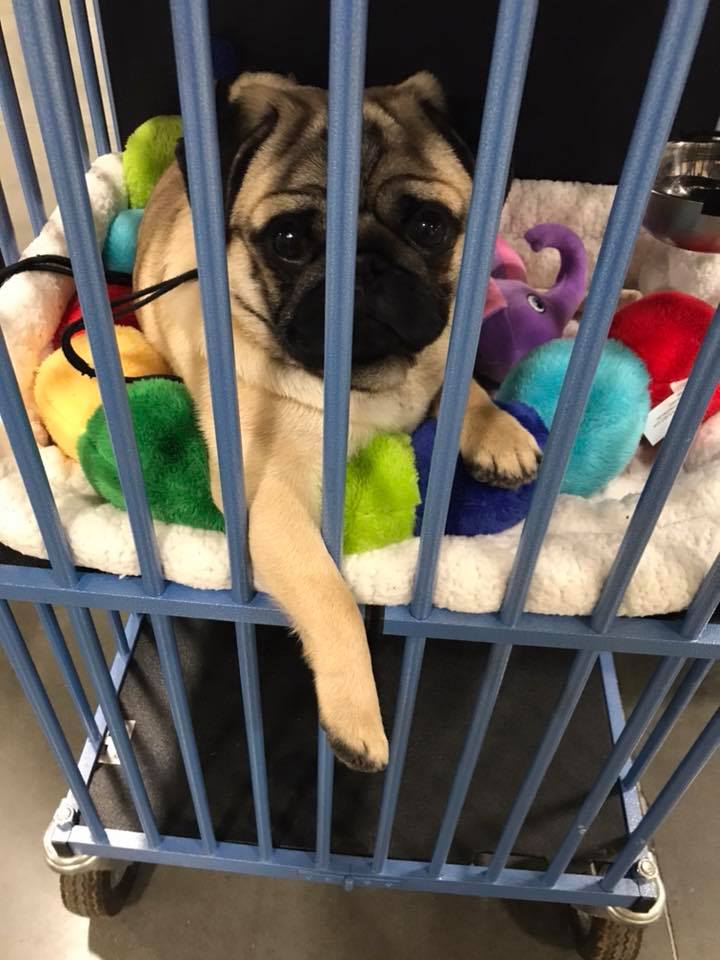
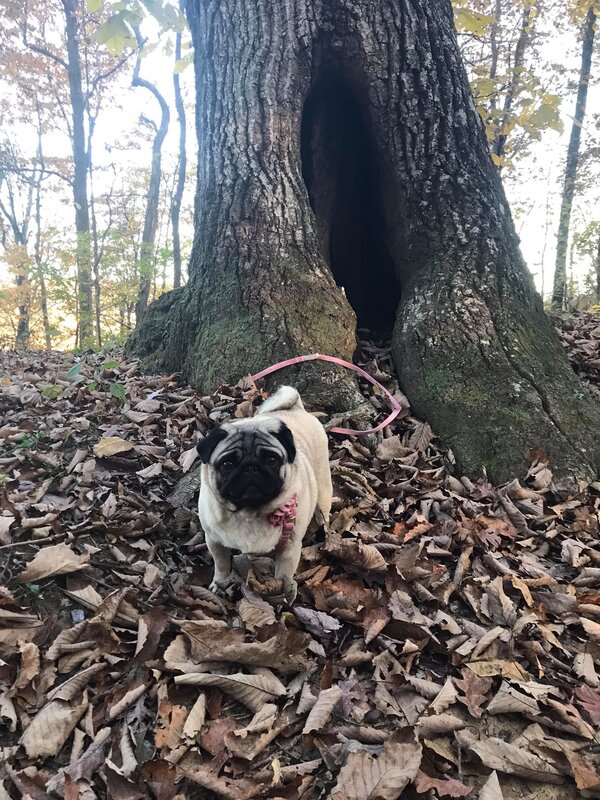
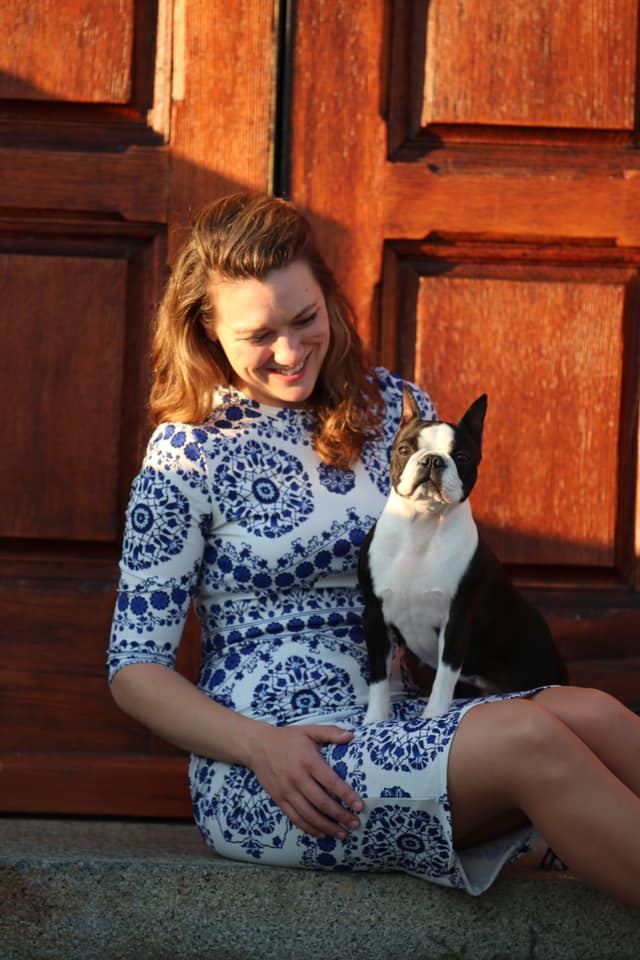
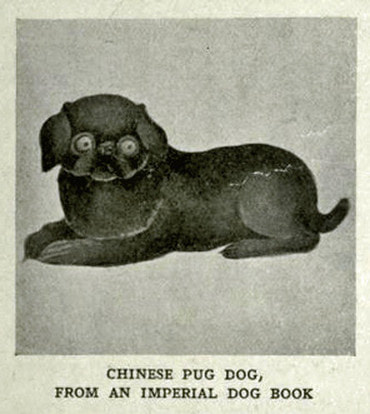
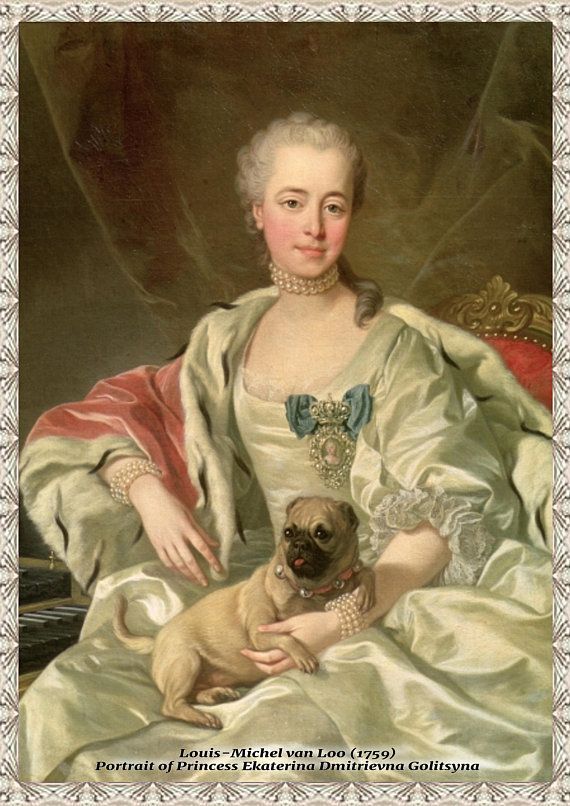

 RSS Feed
RSS Feed